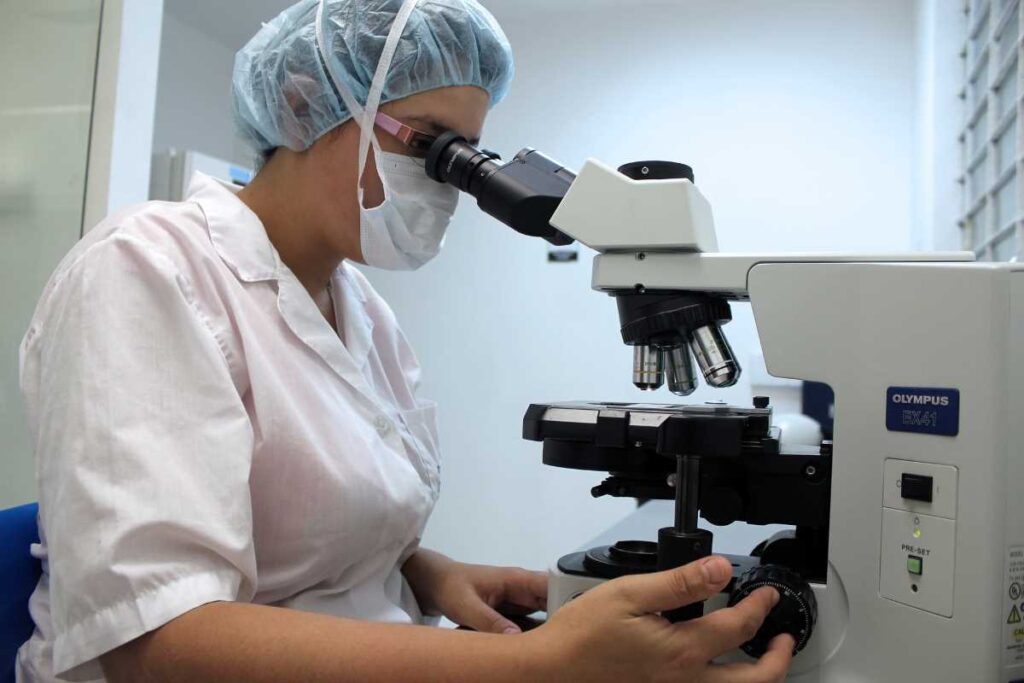Advances in medical technology throughout the modern era have extended the human lifespan. In the late 20th and early 21st centuries we’ve begun to witness life extending concepts that were once the domain of fiction and fantasy, come more into the realm of actual science.
Here’s a look at five technologies in various stages of development that might one day help humans achieve the dream of living forever.
Stem Cell Therapy
One of the main reasons that aging leads to death is because it comes along with a decline in the function of the body’s vital organs. That’s why stem cell therapy is considered as a significant, promising, life extension technology.
Stem cells are “the body’s raw materials,” foundational cells that can develop into a wide variety of specialized cells, like those that make up heart and brain matter. The application of stem cells for human life extension would involve producing new, young, healthy cells to replace those that begin to deteriorate as we age. This can be thought of similarly to replacing the parts of an aging car. If you replace each part as it wears out with a brand new component, you could theoretically keep the same car going indefinitely, since none of the individual parts will be around long enough to break from “old age.”
There is hope that stem cell therapy could be used to cure chronic conditions, reinvigorate aging organs, and continually address the needs of human bodies through their capacity to become different specialized cells. There have already been a number of exciting success stories where stem cells have been used to treat conditions like arthritis and heart disease.

Senolytics
While stem cell therapy focuses on replacing old cells with new ones, senolytics are a type of medication designed to clear injured, aging, or dysfunctional “senescent cells” out of our bodies. These drugs are still in the early stages of development, but have already demonstrated the ability to address some age-related conditions in scientific studies.
Senescent cells are damaged at a fundamental level, and can’t perform their normal roles effectively. As humans get older we have more and more senescent cells in our bodies, which can contribute to a wide variety of age-related conditions that science is just beginning to understand.
Aging can be understood as a collection of different traits that collectively lead to a decline in health. It can be difficult for any one treatment to be the cure-all silver bullet to fix the entire problem. But if senolytic treatments continue to advance it’s very possible we’ll see them as a cornerstone of future age-delaying treatments.

“Young” Blood Transfusions
The transfusion of blood from young bodies into older ones has been shown to rejuvenate the cells and systems of the older bodies – or at least in laboratory rats. The principle behind “parabiosis,” a sometimes controversial blood transfusion procedure that has become popular in Silicon Valley,has been the focus of a number of scientific startup companies.
The appeal of using transfusions to deal with age-related health issues is that they could conceivably help address a wide range of problems at once through a fairly “natural” process. Research is still being done, but clinical trials have shown promise for parabiosis techniques that introduce key compounds from young blood into patients with Alzheimer’s and related conditions. As the science advances, expect to hear more about youthful blood compounds being used in anti-aging treatments.

Cryonics
Cryonics refers to the process of freezing a human body (or sometimes just a head). The idea behind cryonics is that people would be frozen for a long period of time in order to be unfrozen and revived at some point in the future when medical technology has advanced. In this way, cryonics can be appealing to people diagnosed with currently incurable diseases or who are reaching the end of their natural lifespans, since there’s a hope that the medicine of the future will be able to cure those conditions – and potentially reverse aging as well.
Cryonics doesn’t exactly promise immortality on its own, since currently being frozen at cryogenic temperatures is only possible for people who are legally dead. Instead, the hope with cryonics is that future medical technology will be able to restore life to these frozen bodies and brains, and then other techniques – such as stem cell therapy or senolytic drugs – could be used to address the physical problems that were incurable when the subject was frozen.

Mind Uploading
The first four forms of immortality tech that we discussed all address the problem of aging and death biologically. But mind uploading, also known as “whole brain emulation,” takes a different approach. In this theoretical process, perfect copies of brains could be created inside of computers, complete with memories, personalities, and even consciousness. Those seeking immortality would be able to leave their failing physical bodies behind, in favor of an extended lifespan as a digital mind.
There are some fundamental issues with mind uploading. One of the biggest is that the technology seems to offer more of a method for creating an immortal copy of our minds than actually giving immortality to us, the physical humans. It’s a bit like taking a Polaroid photo of yourself as you are now, and preserving that photo under museum conditions for centuries. Sure, the photo will last long beyond your biological death – but that doesn’t actually solve the problem of aging in the way most of us would hope.
Still, it does seem probable that as artificial intelligence and computing power continue to advance, we will see more human-like intelligences in machines that are free of the problems of biological aging. Whether that is a form of immortality that is appealing to an individual depends on their personal hopes and values.

The Future of Living Forever
The technologies discussed in this article range from real medical science that is helping people right now such as in the case of stem cell therapy, to theoretical ideas such as mind uploading. In reality, what we are likely to see in the coming decades is a combination of some of the technologies we’ve covered here along with different advances in medical sciences, all coming together to extend the lifespan of humans. While it remains to be seen if true biological immortality is ever going to be attainable, with the speed of medical advancement, it is possible that the first human being that will ever be “immortal” is already alive today.














